The increase in monsoon travel by Indians focusing on the great outdoors this year has fueled a rise in imaginative treks, where guides teach you everything from photographing amphibians to counting the stars.
The increase in monsoon travel by Indians focusing on the great outdoors this year has fueled a rise in imaginative treks, where guides teach you everything from photographing amphibians to counting the stars.
As the monsoon embraces the Western Ghats, the forests come alive. Noisy frogs call their mates while crickets, cicadas and grasshoppers make up the background score. As the forest streams rumble with renewed vigor, the wind whistles through the leaves. Bats, soaring foxes and flying frogs glide quietly from the canopy, while night moths glide through the foliage.
Cobra Lily | Photo Credit: Sumit Sharath Kamble T
The ideal time to meet these wild inhabitants in their habitat is when the rain-soaked hills are painted green. As monsoon travel gains momentum after a few rough years, nature walks, led by guides who focus on birds, herbivores, mammals, and local flora, are becoming increasingly popular.
In the Western Ghats, David Raju, general manager of Wayanad Lodge, CGH Earth Wayanad and an experienced naturalist, explains that there are some species, both flora and fauna, endemic to the region. “We introduce visitors to bird, frog and snake species in addition to butterflies, moths and mammals.” Malabar gray hornbill, grey-headed bulbul, Nilgiri wood pigeon, flame-throated bulbul, Malabar gliding frog, waterdrop frog, winged gliding frog, Indian rock python and Malabar wine snake are some of the commonly spotted species.
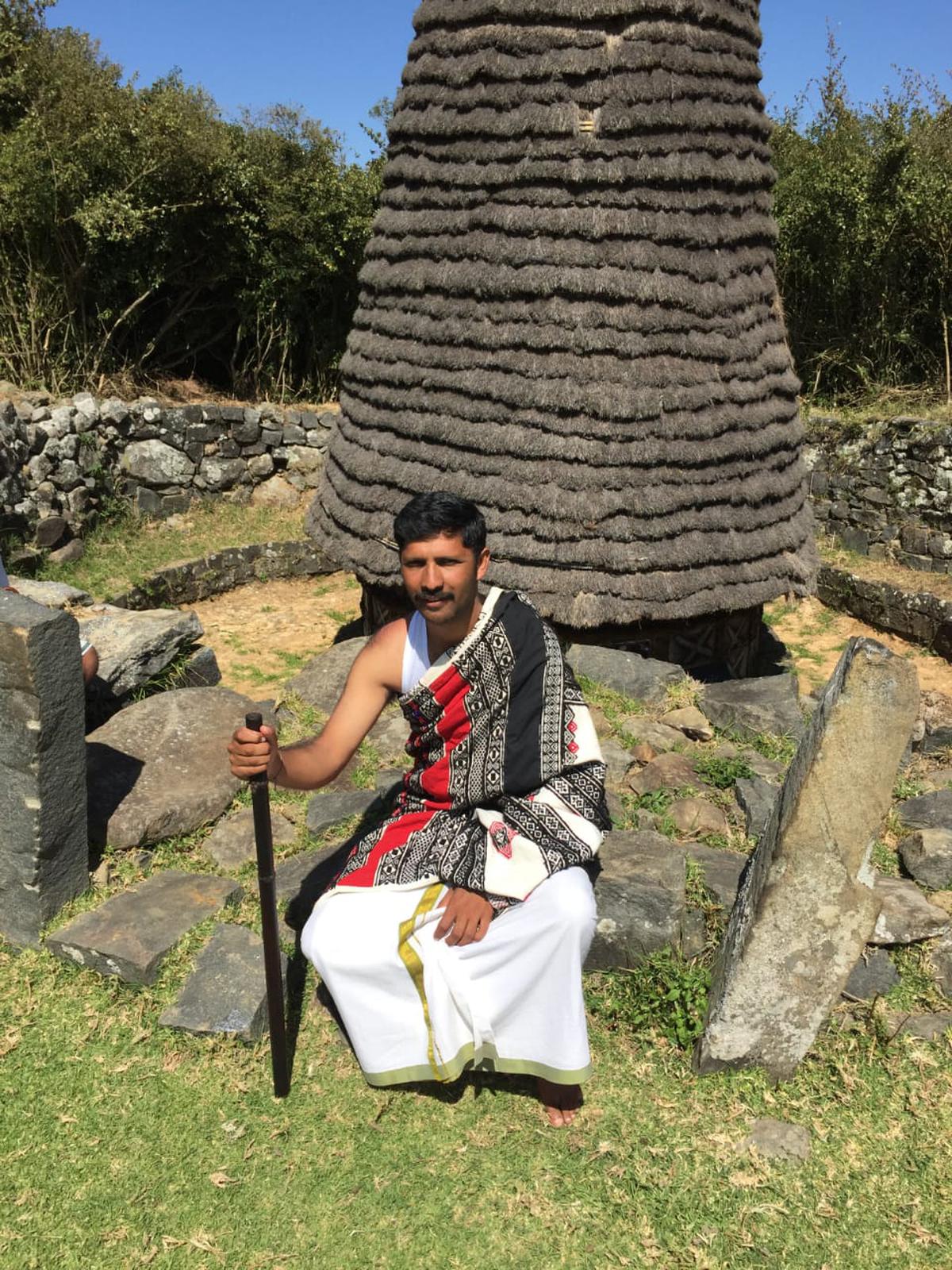
Thorthe Gooden | photo credit: special arrangement
Nature guides also connect tourists to local communities, resulting in memorable trips with a positive impact. Toda Nature Guide Thorthe Gooden in the Nilgiris introduces tourist groups to the flora and fauna around his village by telling stories about the plants, mountains and Toda lifestyle. “Let me tell how in the past the monsoon was so heavy, our buffaloes, who are left outside, must have had fungus growing on their horns. But not anymore,” he says, adding that he also explains how his ancestors were food gatherers. “I show them the berries and plants we eat because Toda is a vegetarian.”
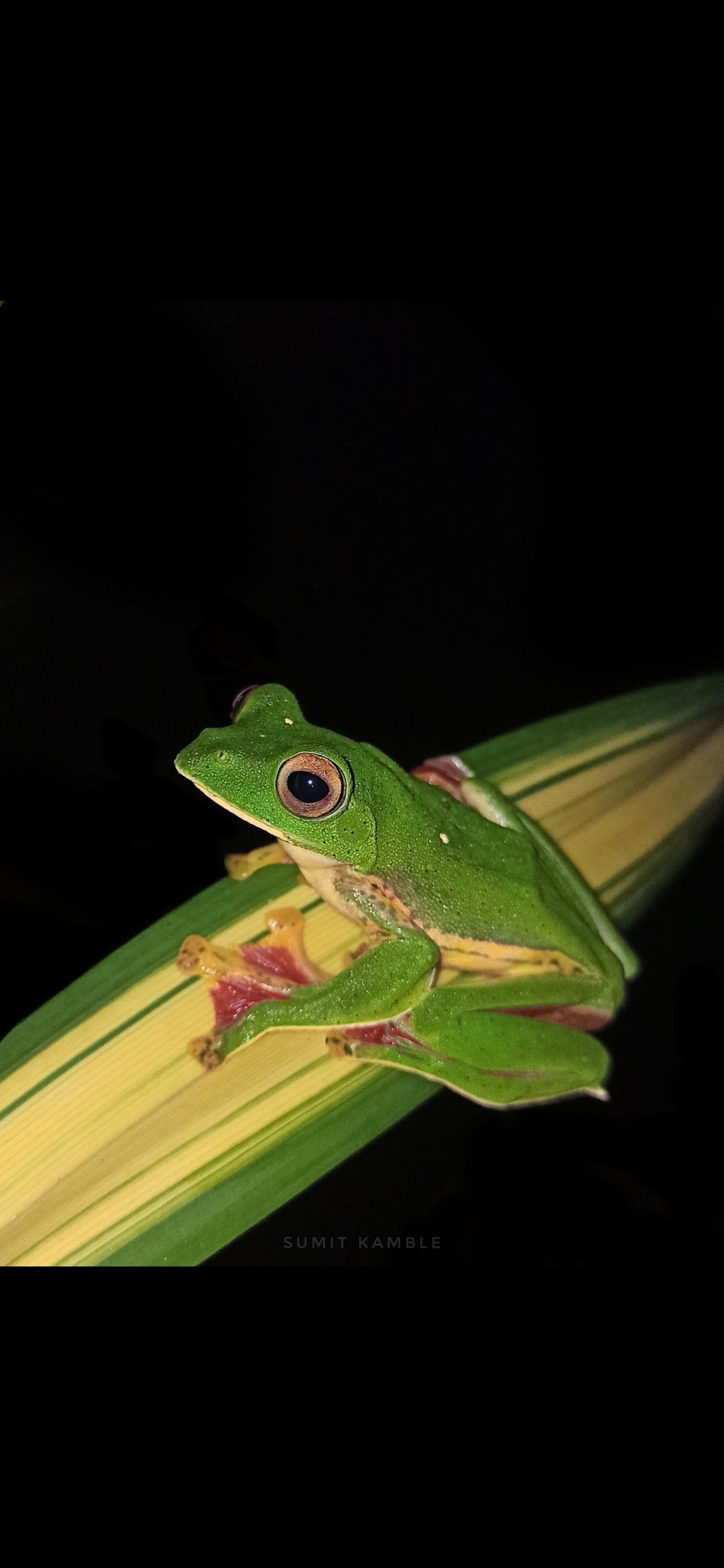
Malabar Gliding Frog | Photo Credit: Sumit Sharat Kamble
R Yashwanth Kumar, a nature guide working with a resort near Udhagamandalam, says that in the Nilgiris, leopards and the occasional tiger can also be found on rocks or around villages during rains, besides sambar, barking deer, sun can be seen in. Lion-tailed Macaques.
on the trail
Harsh Jayaramaiah and Payal Mehta, Consultant Naturalists, are conducting and mentoring courses for those wishing to work as nature guides. Harsha says, during the pandemic, she conducted an online course, “We knew there would be crowds to enjoy the outdoors once the lockdown was lifted.”
The course, which explores how to connect visitors to tribal communities, wildlife sanctuaries and villagers living on the periphery of forests, is an outreach effort of the Anamalai Rainforest Restoration Project in the Nature Conservation Foundation’s Western Ghats program. It also teaches participants how to identify the inhabitants of the wild and introduce them to visitors. The last date to apply for the new course is June 15. Contact: natcourse@ncf-india.org
In Gudalur, Tamil Nadu, K Satishan says he noticed that visitors, especially from north India, “are enchanted by the many waterfalls, rivers and streams that criss-cross the hills. Luckily, there are herds of elephants and wild buffaloes in the evening.” appear to us.
Sumit Sharat Kamble, a naturalist at Machan Bagan in Karnataka’s Sakleshpur district, says he has seen an increasing number of visitors from the city ever since the pandemic restrictions were eased. Before his stint in Karnataka, Sumit used to take visitors on walks to Matheran, Amboli Ghat and Lonavala in Maharashtra. At this time of year, it is the breeding season for birds such as the Indian Pitha, Malabar Whistling Thrush, Oriental Dwarf Kingfisher and Sahyadri Sunbird.
He adds, “Some fungi like bracket fungus and dead man’s finger are found in the forest. Wild ginger and turmeric bloom during monsoon. The aroma of wild turmeric attracts wild boars.”
Amphibians, some endemic to the Western Ghats, can be seen in abundance during the season as well. Jyothi Thayil, associated with CGH Earth near Meppadi Forest Division in Wayanad, arranges special morning walks for children. “They are mesmerized when they see frogs like a water drop frog making a noise like the sound of raindrops falling on the water or the bush frogs going ‘tick, tick, tick’. It is memorable to see a frog with its extended vocal tract,” she says, “that the caecilian, another amphibian that lives underground, can only be seen on the surface during rains.”
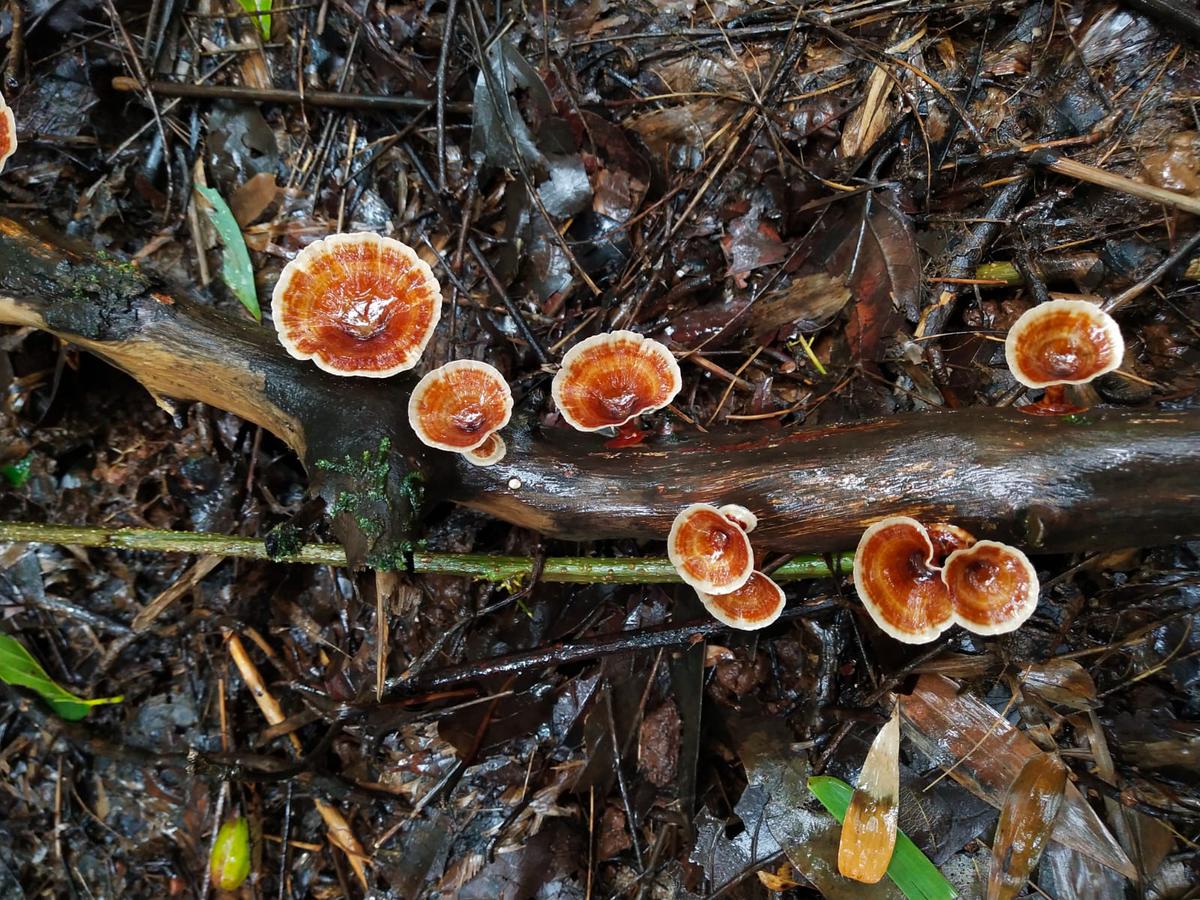
bracket fungus | Photo Credit: Sumit Sharat Kamble
Meanwhile in the Eastern Ghats
Cut to the Eastern Ghats where trekking groups are helping travelers rediscover the joys of waterfalls, tribal settlements and star gaze. According to Naveen Rongali, founder of Ecohikes, a trekking group based in Visakhapatnam that conducts sustainable treks and tours, many interior villages and trek routes in the Eastern Ghats around Araku and Paderu are accessible in 2020 after roads were laid during the lockdown. are gone.
“We camp for a night after the trek and return the next day. We introduce trekkers to native tree species and plantations. If we are lucky, we might get to see wild cats or an unusual gecko species,” says Naveen.
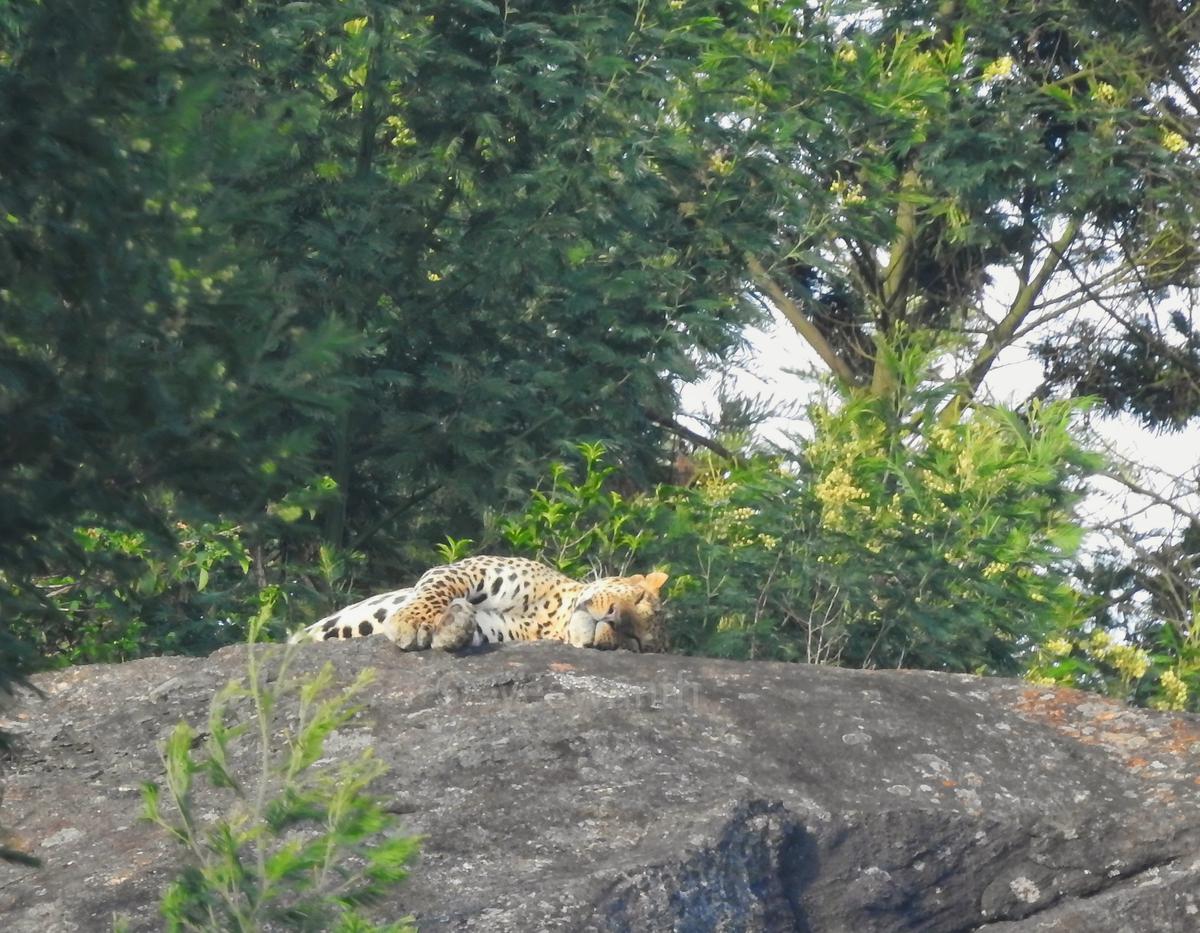
A leopard drowning on a rock in the Nilgiris. photo credit: R Yashwant Kumar
The Eastern Ghats are dotted with peaks that offer breathtaking views to the trekkers. The route through Paderu to Buddigaruvu Falls gives a glimpse of the rich flora and fauna of the region. The area is rich in plantations of Terminalia elliptica and Shorea robusta and is home to many bird and animal species. Adventurers can further explore the surrounding woodlands on an unpaved trail. “Since these places are no-network zones, it is advisable to go in the company of groups familiar with the area,” says Naveen. The rains in the Eastern Ghats intensify during July and August. While the splendor of the lush green mountain ranges is unparalleled during monsoons, be prepared for muddy, muddy treks with good footwear and equip yourself with everything waterproof. Take special care of your DSLR cameras and smartphones during the monsoon trek.
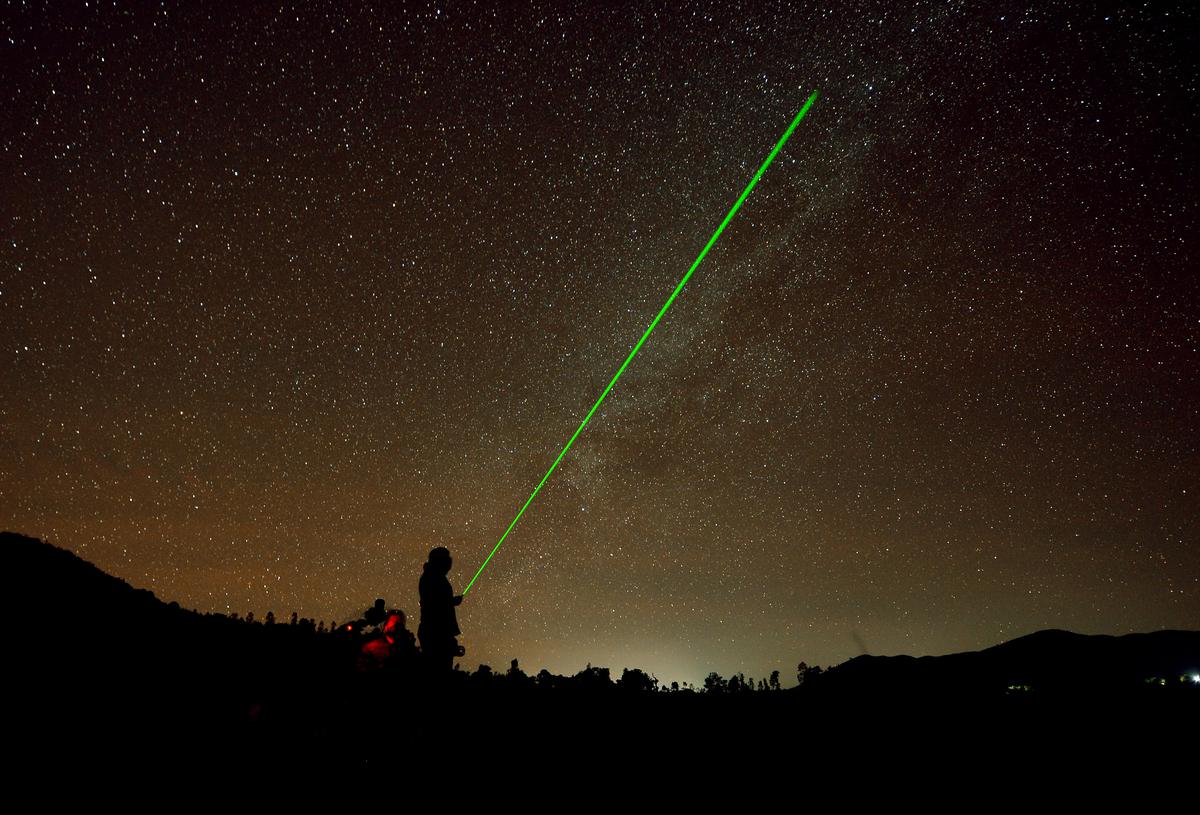
A lighted tree and a magnificent starry sky in the interiors of Araku Valley near Visakhapatnam. photo credit: Deepak Kri
Treks in the Araku Valley are intertwined with star gazing and astronomy workshops. “The view of the night sky from high altitude places like Araku and Paderu is unmatched. These places have less pollution, so one can see the galaxy in all its glory,” says Sumant Behera, who conducts astronomy workshops in association with TrekSam in Araku Valley.

Indian Back | Photo Credit: Sumit Sharat Kamble
The founder of Treksum, Samved Vegi, describes the guided treks he runs. “Nelapalem Falls near Damuku is an interesting trail that leads through the forest. On the way, villagers can be seen doing farming,” he says.
“We must remember that the terrain tends to be slippery. After obtaining the necessary permits from the forest department, always explore the forest with a nature guide,” said David. “Heavy rains and leeches are a challenge, but monsoons Gives a different vibe to the forest. This is the only time we can hear the frogs bowing down.”